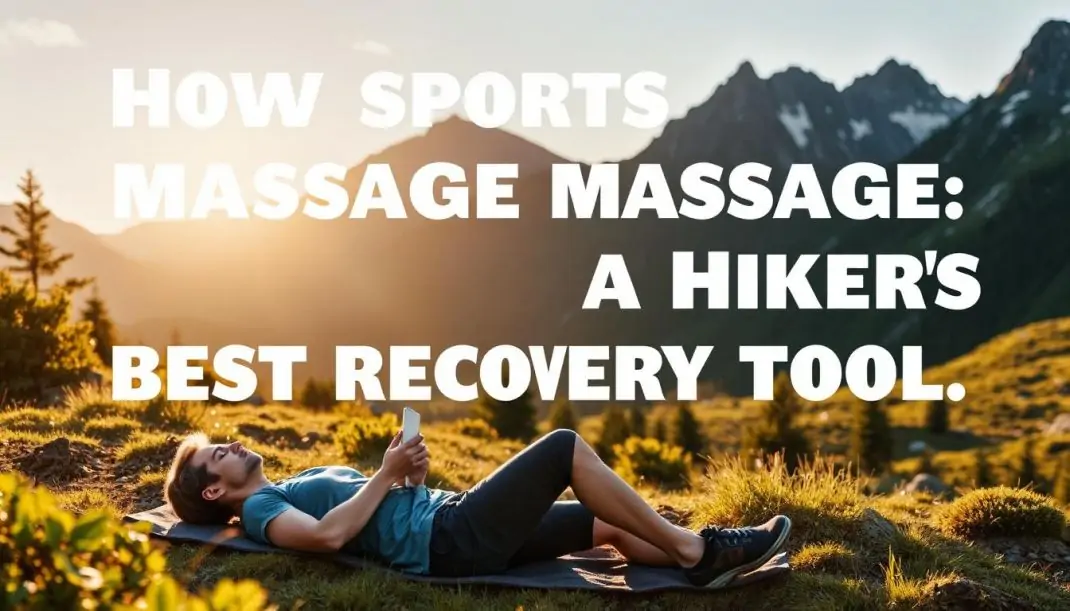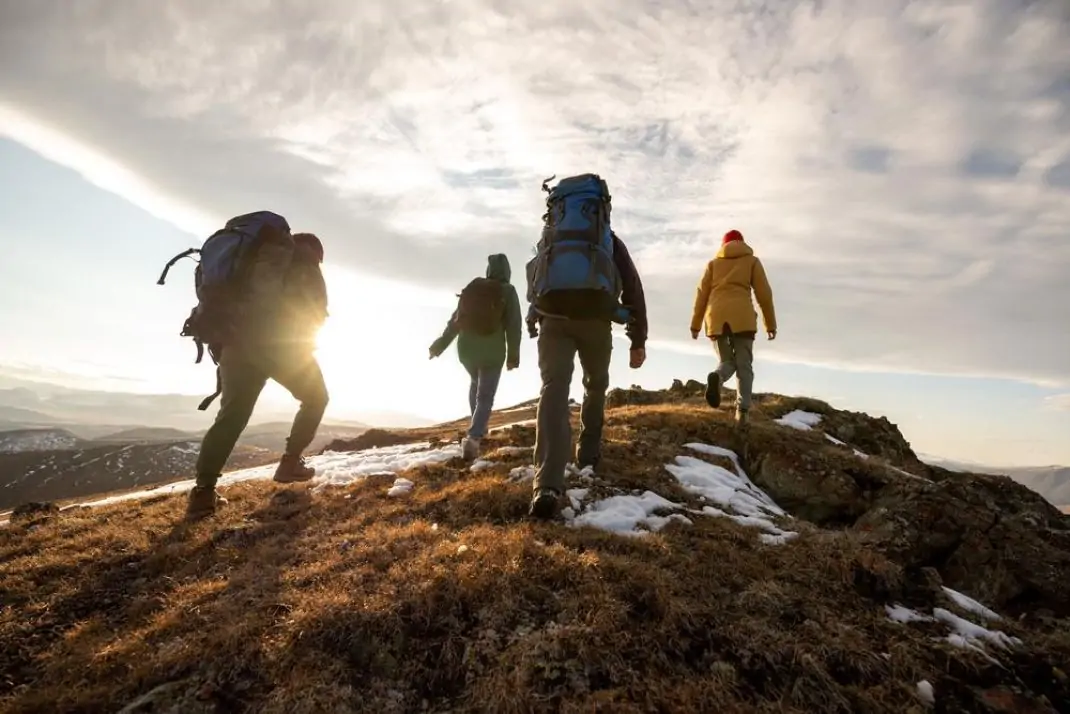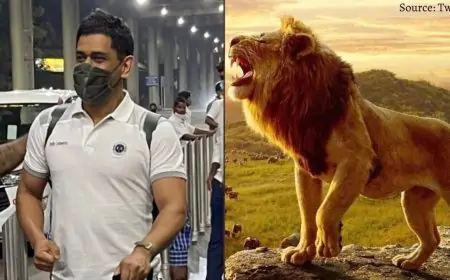As someone who lives for the hills, I’ve learned the hard way that hiking isn’t just a walk in the park. Whether it’s a multi-day trek in the Highlands or a steep scramble in the Lake District, hiking takes a serious toll on the body. Blisters, tight calves, sore hips, aching backs—sound familiar?
For years, I accepted the post-hike soreness as part of the package. That is, until I discovered sports massage. Now, it’s as much a part of my hiking routine as breaking in new boots or checking the weather forecast. And I can honestly say: I hike better, recover faster, and feel stronger because of it.
What is Sports Massage?
Unlike spa-style massages meant for relaxation, sports massage is a targeted, therapeutic treatment designed to support people who use their bodies regularly—like hikers, runners, or anyone doing physical work.
It combines deep tissue techniques, trigger point therapy, and stretching to:
-
Release muscle tension
-
Improve flexibility and joint mobility
-
Speed up recovery
-
Prevent injury
Whether you're training for a thru-hike or just doing weekend walks, it’s ideal for keeping your body in peak condition.
Pre-Hike, Post-Hike, and In Between

What surprised me most was how much sports massage helps before a hike, not just after. Tight quads or stiff hips can throw off your gait, leading to overcompensation and strain in other areas. A pre-hike massage helps align everything, ensuring I start my trek feeling balanced and mobile.
Post-hike is where the magic really happens. Sports massage reduces DOMS (Delayed Onset Muscle Soreness) and flushes out metabolic waste that builds up during long climbs. I’ve gone from limping around the next day to being back on my feet—and craving another trail—within 24 hours.
Targeting the Trouble Spots
Hikers tend to develop specific problem areas: tight calves and hamstrings, aching lower backs, IT band tension, and stiff ankles. Sports massage works directly on these overused muscles, helping them recover and stay functional.
Even issues I thought were unrelated to hiking—like neck stiffness from carrying a heavy pack—turned out to be connected. My therapist picked up on these imbalances quickly, helping me move more efficiently and comfortably on the trail.
Injury Prevention = More Hiking Days
One of the biggest benefits? Fewer injuries. Since adding massage to my routine, I’ve avoided the common pitfalls like plantar fasciitis, knee pain, and pulled muscles. When you love hiking as much as I do, staying injury-free means more time in nature—and that’s everything.
Final Thoughts
If you love hiking, your body is your greatest asset. Sports massage has helped me treat it with the same care and respect I give to my gear. It’s not just recovery—it’s trail maintenance for the body. And trust me, the mountains feel even better when your legs are ready to meet them.








